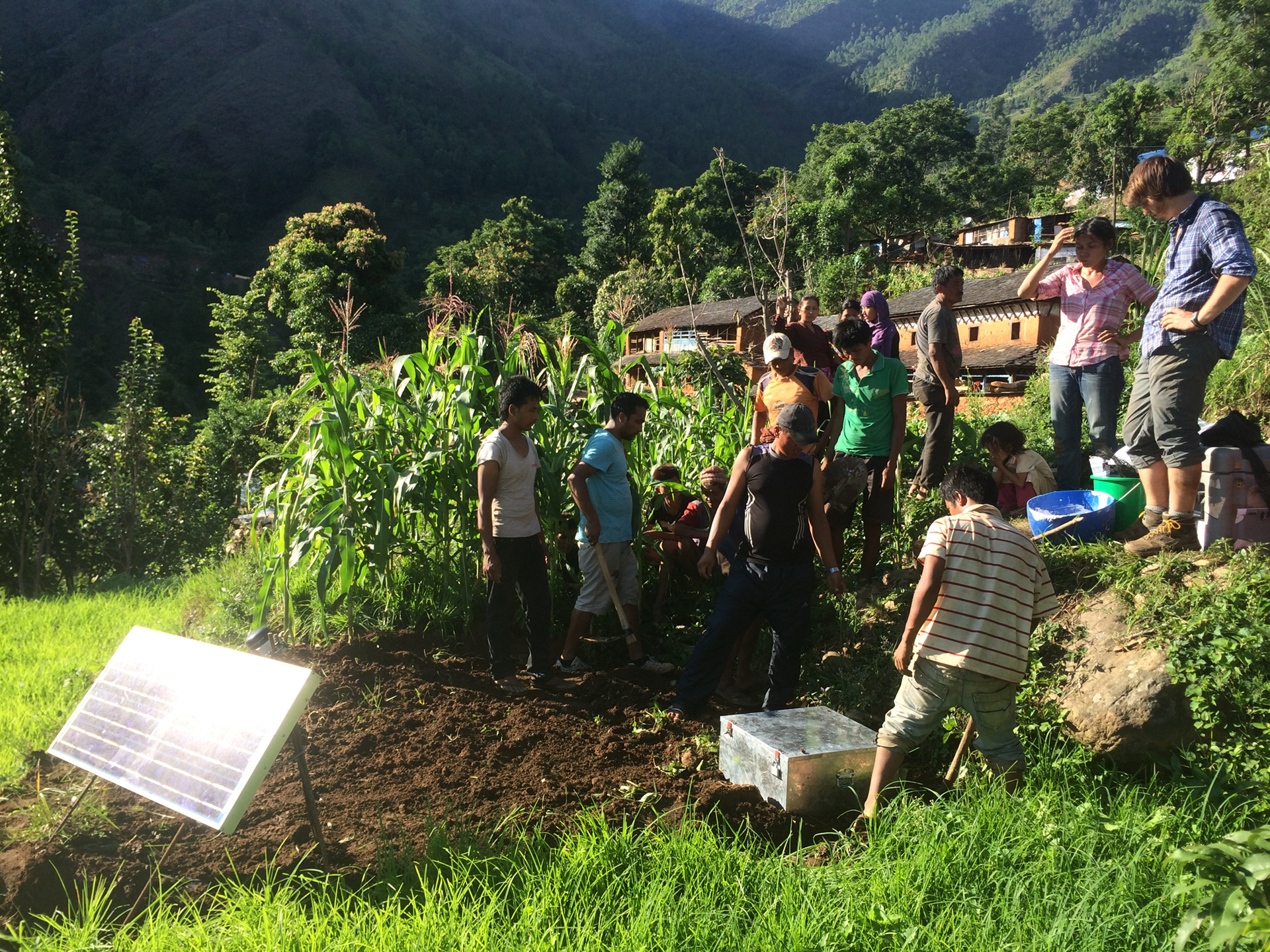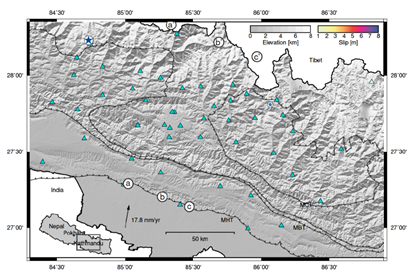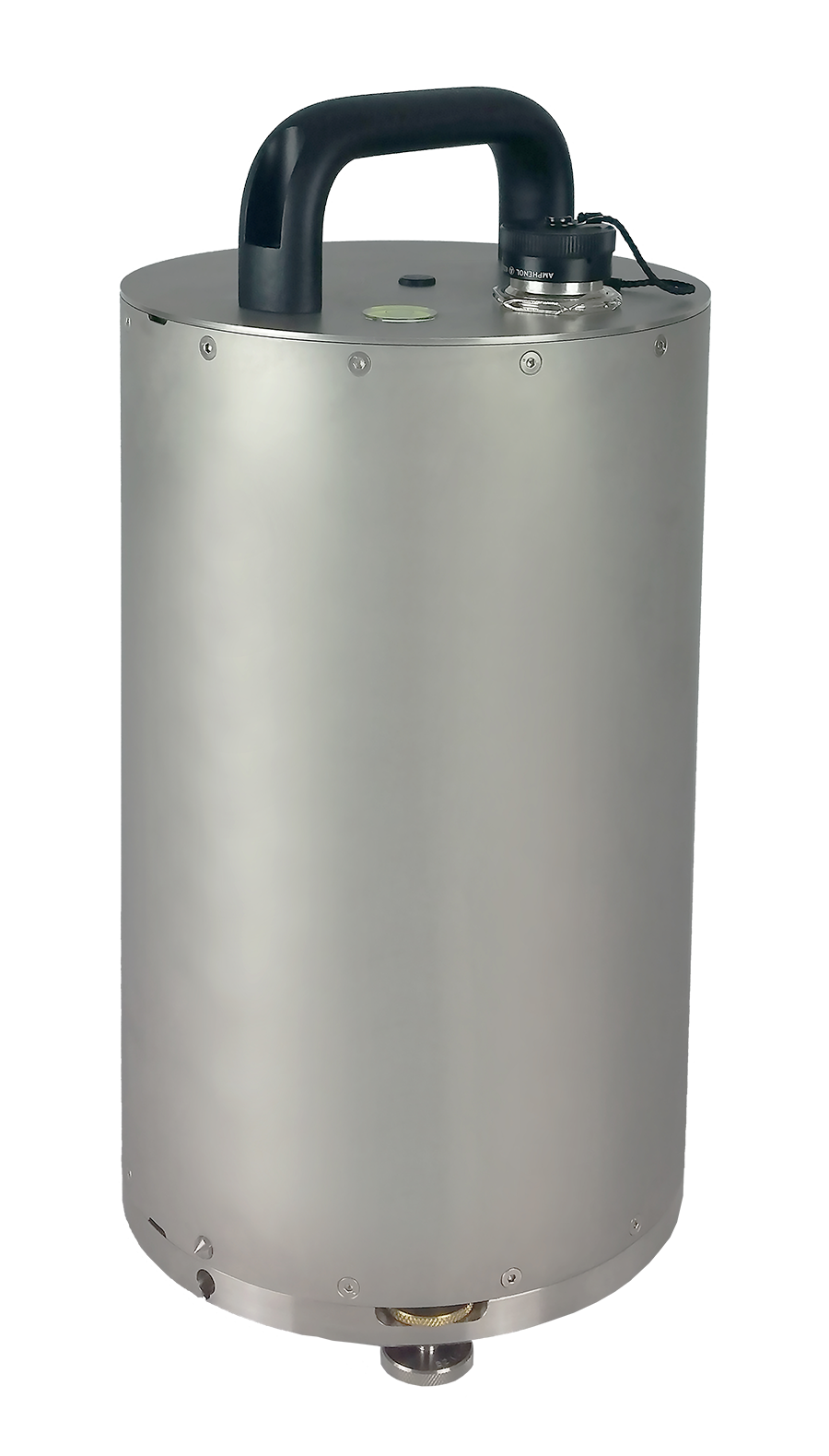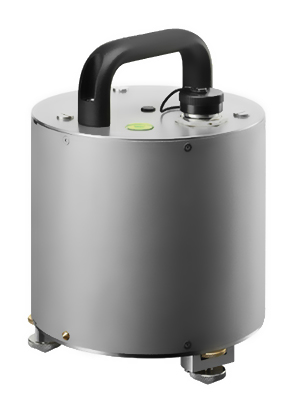Summary
Nepal Array Measuring Aftershock Seismicity Trailing Earthquake (NAMASTE) Project
The collision of the Indian and Asian tectonic plates has given rise to the Himalayas, the highest mountain range in the world. Its continual convergence at a rate of about 4cm/yr sustains uplift and is also responsible for large earthquakes in the area. In 2015, two earthquakes of magnitudes 7.8 and 7.3 resulted in the deaths of more than 10,000 people in Nepal. It is estimated that the greatest earthquakes that can occur (over magnitude 8.5) have the ability to result in a death toll of hundreds of thousands of people in Nepal.
The largest fault in Nepal, the Main Himalayan Thrust (MFT), where the majority of earthquakes originate, is largely not understood, with knowledge of its geometry, earthquake initiation and termination and other influencing factors on rupture zone unknown.
The NAMASTE Project studied aftershock seismicity in order to determine the character of the main earthquake and the fault itself.
Seismic Array
Following the April 25, 2015 magnitude 7.8 earthquake, a 45 station array was deployed in Nepal, of which 19 stations were Güralp sensors. These included 14 x 3T (120s to 50Hz) and 5 x 40T (60s to 50Hz) broadband seismometers.
Both sensors are housed in stainless steel and are IP68 rated (tested under 3m of water for 72 hours).
Figure 2: Network Map
The 3T-120 weak motion, broadband seismometer
With its lightweight and portable design the weak-motion 3T-120 instrument is suitable for temporary and permanent deployments.
The 3T-120 has a response of 120 seconds to 50 Hz with a sensitivity of 1500 V/msˉ¹ (2 x 750 V/msˉ¹) differential standard output. The instrument has a low self-noise level of 166 s (0.006 Hz) to 10 Hz.
The 40T medium motion, broadband seismometer
The 40T is a small, rugged seismometer suitable for installations in areas with moderate noise. The variant used for NAMASTE has a response of 60 seconds to 50 Hz.
3T-120
40T
Deployment
The array was designed to extend over the area of the rupture zone of both the main shock and strongest aftershock in a quasi-rectangular grid with a station spacing of roughly 15km. Each station comprised of a seismic sensor, digitiser and power supply (car battery, solar panel and power box).
The sensors were deployed in 0.8-1 m deep vaults on levelled tiles and insulated with foam and plastic barrels. The vaults were reinforced with metal bars, covered with plywood, a plastic sheet and soil, with the power supply and digitiser kept in a box outside of the vault. Data was recorded at a sampling rate of 100 sps and the deployment lasted 11 months from June 2015 to May 2016.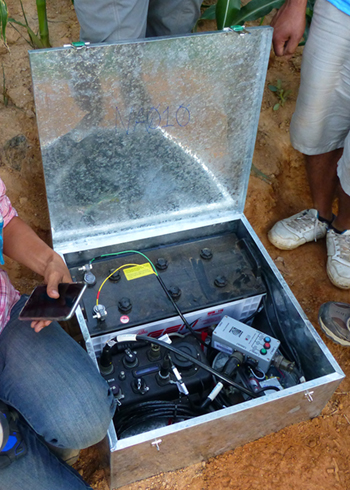
Figure 3. An ‘Action Packer’ – Digitizer, breakout box, battery and power box
Outcome
Data from the array was submitted to the IRIS data management centre for analysis by all interested seismologists. The data also continues to be analysed by investigators from Oregon State University, University of Texas in El Paso, Stanford University and University of California, Riverside and the Nepali Department of Mines and Geology.
With thanks to Vaclav Kuna (College of Earth, Ocean and Atmospheric Sciences, Oregon State University) for providing images and information for this case study.

